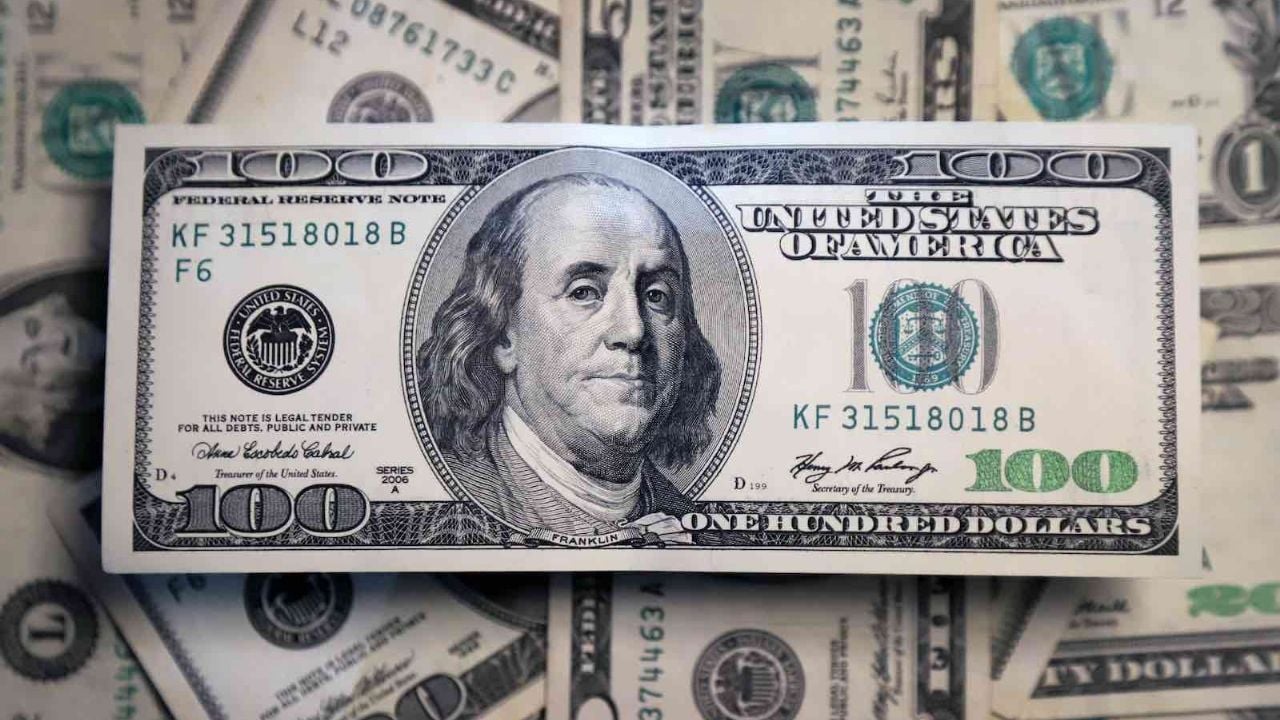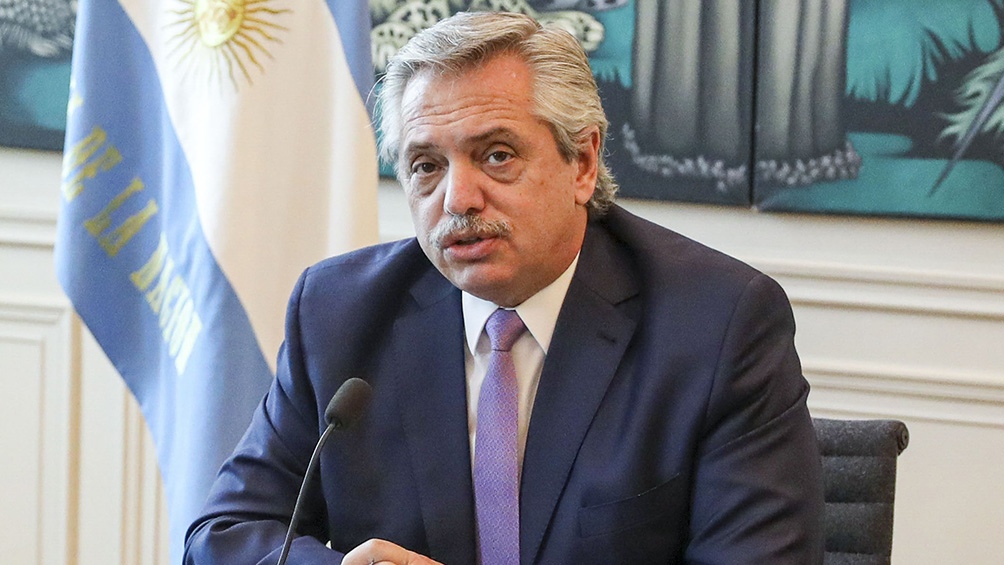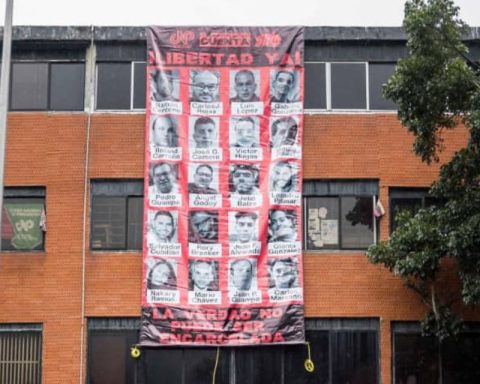The fourth week of July, the price of dollar The blue and the official dollar reflected economic tensions and market expectations. The significant difference between the two exchange rates underlines the challenges facing the country’s economy.
He dollar The official exchange rate was $906.50 for purchase and $946.50 for sale. The Banco de la Nación Argentina (BNA) was the reference for these quotes. Meanwhile, the blue dollar operated in the city of Buenos Aires at $1,430 for purchase and $1,450 for sale.
The gap between the blue dollar and the wholesale dollar stood at 56.41%. This margin between the two is due to several economic and financial factors: The Argentine government imposes exchange controls to maintain the stability of the official dollar.
These controls limit the amount of dollars that citizens can purchase and restrict transactions in foreign currency. As a result, there is an unmet demand for dollars in the market, leading to the emergence of the blue dollar as an unregulated alternative.

Fountain: Dollar Today.
Investors and the general public often distrust economic policy and the government’s ability to maintain the stability of the official dollar. Uncertainty about inflation, public debt and other economic factors creates expectations of devaluation, which increases demand for dollars as a safe haven.
He dollar blue operates in an unregulated parallel market, where supply and demand determine its price. The shortage of official dollars and the need to operate in foreign currency (for example, for travel or savings) drive the demand for blue dollars.

Costs
Intermediaries operating with dollar blue face higher costs and risks, such as the possibility of legal sanctions. These costs and risks are reflected in the gap between the official and blue exchange rates. This Thursday, the dollar The blue dollar is quoted at $1,430 for purchase and $1,450 for sale. The official dollar is quoted at $906.50 for purchase and $946.50 for sale.
The gap between the dollar The difference between the official and blue rates is a consequence of the complex economic situation and government policies in Argentina. Investors and citizens are looking for alternatives to protect their purchasing power and overcome exchange restrictions, which contributes to this difference in prices.


















